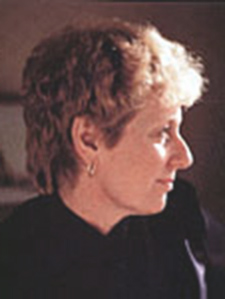When Anne Anderson’s son Jimmy was just 3 years old, he was diagnosed with leukemia. Anderson began hearing of other children in her Woburn, Massachusetts neighborhood who also had the once rare disease. Something was terribly wrong.
Anderson suspected Woburn’s foul-tasting water—water that discolored fabrics and corroded metals. When she talked to people about her suspicions, she was brushed off as a distraught mother or, less kindly, as a crank. Her doctor, her pastor, even her husband, urged her to calm down and “be reasonable.”
With three children to care for, one of them terribly ill, Anderson didn’t have the time or the means to do definitive research. But her pastor, Bruce Young, encouraged her to count the cases in Woburn, thinking she would find nothing out of the ordinary. She found six children with leukemia, far more than the statistical average for the nation. Then another child was diagnosed right in Young’s tiny parish. He was convinced.
Young and Anderson made a leukemia map that showed 12 Woburn cases, six of them in the Anderson neighborhood, and took it to the doctor treating Jimmy. He called the Center for Disease Control.
To those of us who’ve never been in Anderson’s position, that might sound like the beginning of the end. Surely the proper officials would get onto the problem and stop whatever was killing the children of Woburn.
But Anderson found that the burden of proof was still on her. She had to battle for years to marshal the community, enlist professional help, put together irrefutable evidence, and get action from local and state officials.
Jimmy died after nine years of chemotherapy. His mother went on fighting for the children. Two town wells have been found contaminated by toxic chemicals and shut down. A study of miscarriages and birth defects has begun. And it isn’t over yet.
In the decades since Jimmy Anderson’s diagnosis, we may have learned to listen to our Anne Andersons. The price of pretending there’s nothing wrong is our children’s lives.

